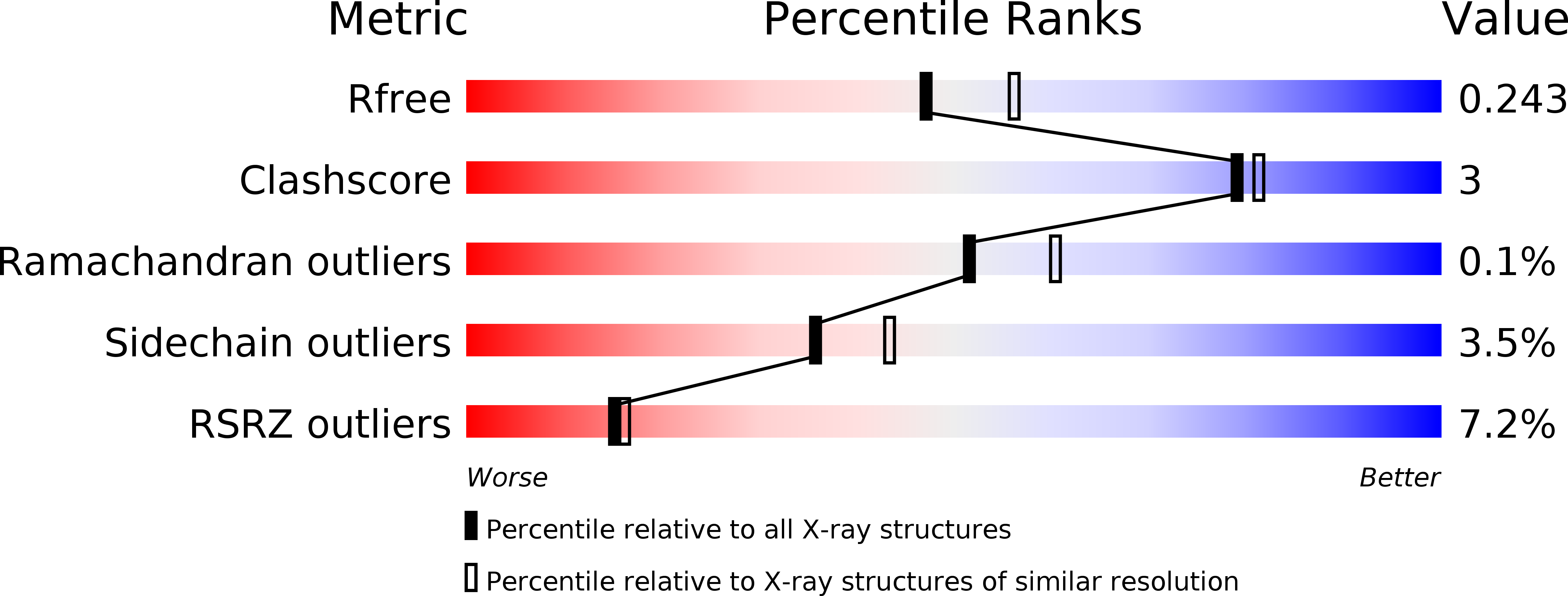
Deposition Date
2011-03-28
Release Date
2011-06-15
Last Version Date
2023-09-13
Entry Detail
PDB ID:
3RAQ
Keywords:
Title:
Dpo4 extension ternary complex with 3'-terminal primer C base opposite the 1-methylguanine (MG1) lesion
Biological Source:
Source Organism:
Sulfolobus solfataricus (Taxon ID: 2287)
Host Organism:
Method Details:
Experimental Method:
Resolution:
2.25 Å
R-Value Free:
0.23
R-Value Work:
0.19
R-Value Observed:
0.19
Space Group:
P 1


